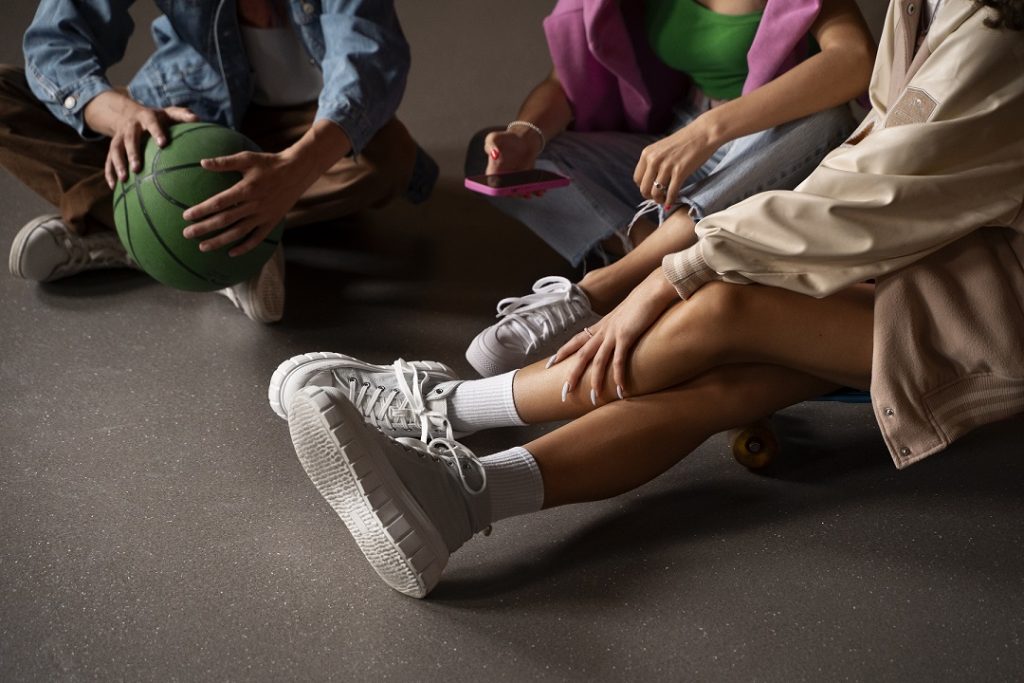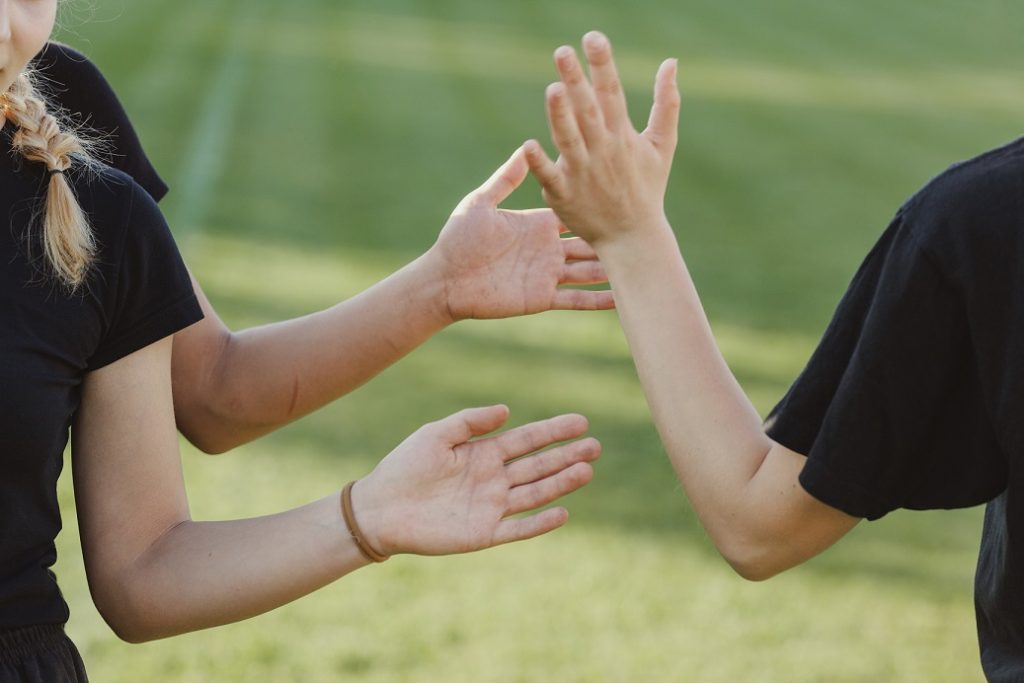There is a social reality that affects millions of minors around the world. That reality, beyond the control of these minors, is that of finding themselves in a situation of helplessness in the family environment.
Given these situations, there is a social reality that affects millions of minors around the world. That reality, beyond the control of these minors, is that of finding themselves in a situation of helplessness in the family environment.
What does the law say about minors over whom you have custody?
The Child Protection Act of 2015 indicates that all minors under the umbrella of institutions must grow up as a priority in a family environment for the adequate development of their personality, an aspect in which there is total consensus among psychologists and pedagogues.
However, despite what the law says and what experts recommend, in most cases, the minor enters a residential care center.
In these centers the minor will be cared for by professionals who ensure the well-being of the minor, covering all the needs that the girl or adolescent may present.
The data in Spain show that there is a long way to go to provide family environments for all children in care. In 2020, 18,892 minors in care lived in families and 16,991 in centers.

What types of juvenile centers are there?
Protection centers are classified as:
- Houses: are those coexistence centers located in standardized homes that follow the patterns of the most common family homes.
- Residences: these are those that group together several coexistence centers similar to houses and in which the people welcomed usually share common spaces.
The current trend is to maintain a network of residential resources, whose organization and operation is increasingly similar to that of small quasi-family units, which allow boys, girls, adolescents and young people an education that makes it easier for them to live and develop fully under conditions similar to those of the majority of the population.
Why does a minor come to live in a Child Protection Center?
In general, foster care is adopted as a protective measure when situations of lack of protection of a minor are detected, either because they have been declared helpless, because the parents or guardians themselves request it due to the impossibility of caring for them, or because it is agreed upon by a judge. when legally applicable.
There may also be temporary shelters in these centers when a minor is suddenly involved in an emergency situation that requires immediate attention, and this is what is known as "provisional custody."

How do minors experience the situation of growing up in a Juvenile Center?
The objective of juvenile centers is for boys and girls to lead as "normalized" lives as possible. For this reason, upon arrival an educational and care plan is drawn up with objectives that must be worked on.
The situation of growing up in a Juvenile Center It implies, therefore, that although minors have their basic and educational needs covered, unfortunately, they also have many emotional deficiencies.
On some occasions, children in these contexts feel that, in a residence, no one cares about them.
It is difficult to create bonds and attachments with educators who take turns, who appear and disappear. They will find educators with whom they have more affinity, who will surely be wonderful, but in the end the children know that they are that person's work, they feel that they are not wanted for free, and that weighs on them terribly.
Children need to have unique and stable reference figures, they need them to grow. mentally healthy.




